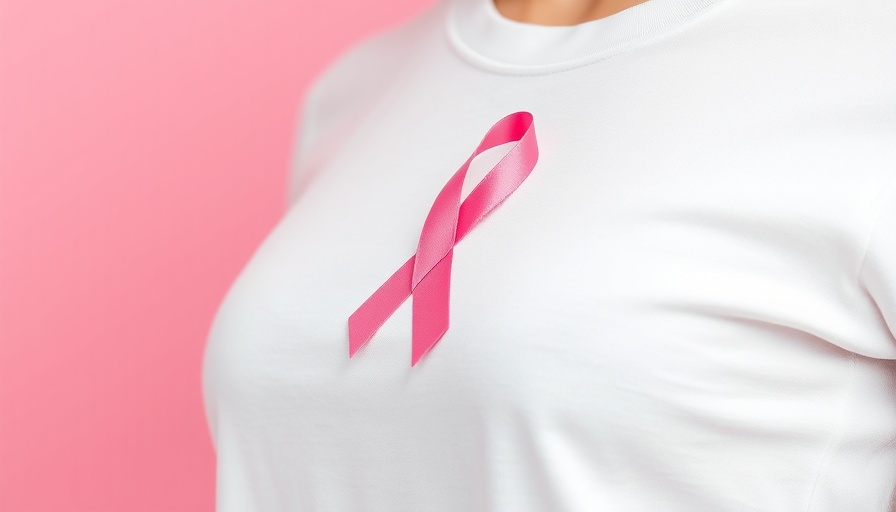
Understanding Disparities in Breast Cancer Risk Across U.S. States
As breast cancer rates among young women rise, new research reveals a geographical component to this alarming trend. A study by Columbia University Mailman School of Public Health has shown that between 2001 and 2020, breast cancer incidences for women under 40 increased by more than 0.5% in 21 states. Key states identified with significant risks include Illinois, New York, and California. By identifying these high-risk areas, we can better understand the environmental and lifestyle factors that may contribute to the disease's onset among younger women.
Why Location Matters: The Geographic Divide
The findings of this research prompt an essential question: Why do breast cancer rates vary by state? Rebecca Kehm, the study's lead author, notes that “exposures vary in prevalence across the U.S.,” shedding light on the importance of place in health outcomes. Factors such as pollution, access to healthcare, and lifestyle choices like diet and alcohol consumption likely play a role. Interestingly, the Western region of the U.S. exhibited the most considerable uptick in cases, contrasting with the South, which saw stable rates.
Racial Disparities in Early-Onset Breast Cancer
When examining cancer trends by race, the results are equally compelling. Non-Hispanic Black women face the highest risk for early-onset breast cancer, while Hispanic women have the lowest rates. This stark contrast raises critical questions about access to healthcare and awareness in different racial communities. Comprehensive strategies that include local data could enhance risk prediction and preventive measures tailored to each demographic's unique needs.
The Implications of Screening Guidelines
One crucial insight from the research is the need to reconsider the recommended age for routine mammography screening. Currently, routine screenings are not advised for women under 40, which could be a missed opportunity for early detection in a demographic increasingly affected by breast cancer. Early screenings and awareness campaigns focused on younger women could save lives and decrease the rising incidence of breast cancer within this group.
Preventive Strategies: What Can You Do?
Awareness is the first step in combating the epidemic of early-onset breast cancer. Girls and young women should be educated on self-examination techniques, the importance of reporting unusual changes to healthcare providers, and the factors affecting breast cancer risk. Communities can support local health initiatives aimed at outreach, education, and availability of screenings. Furthermore, states with higher incidences should focus on policies addressing potential risk factors, such as alcohol consumption.
Shaping the Future: Enhancing Research and Education
Continued research is vital. Understanding the reasons behind the rising rates of breast cancer among younger women informs treatment approaches and preventive strategies. Multi-faceted studies that incorporate geographic, racial, and lifestyle factors offer a more significant opportunity for targeted interventions. In this context, identifying local trends in breast cancer could refine public health responses and significantly impact outcomes.
Conclusion: Staying Proactive About Breast Health
The geographic disparities in breast cancer risk underscore the importance of personalized approaches to healthcare. By fostering awareness and education in high-risk states, we can empower younger women to take proactive steps in monitoring their breast health. Familiarize yourself with your risk factors and advocate for policies that prioritize breast cancer awareness and preventive care in your community.
 Add Row
Add Row  Add
Add 



Write A Comment